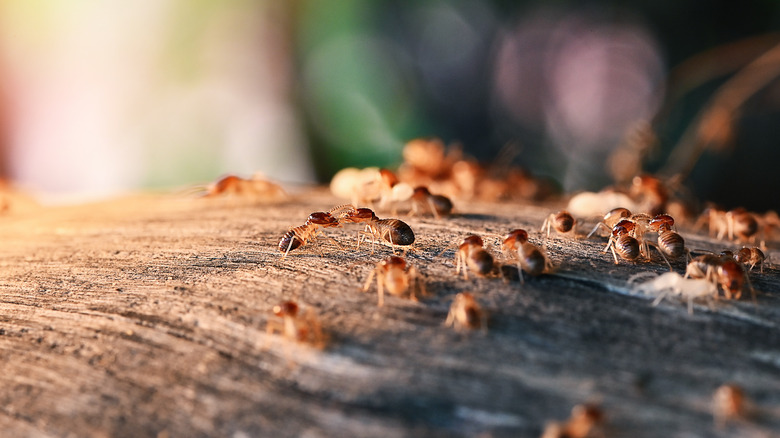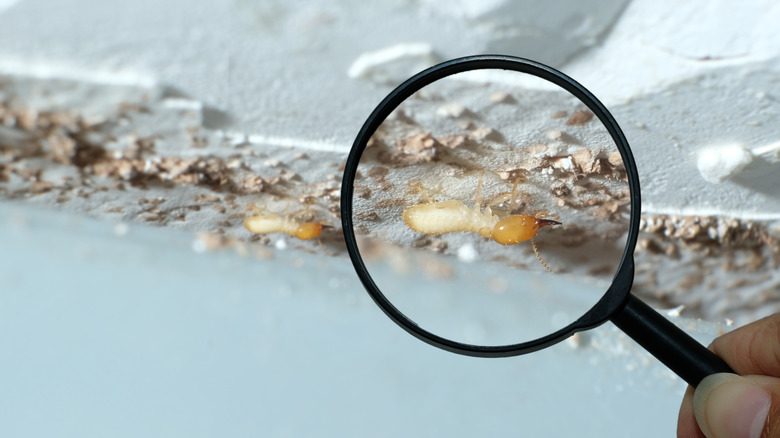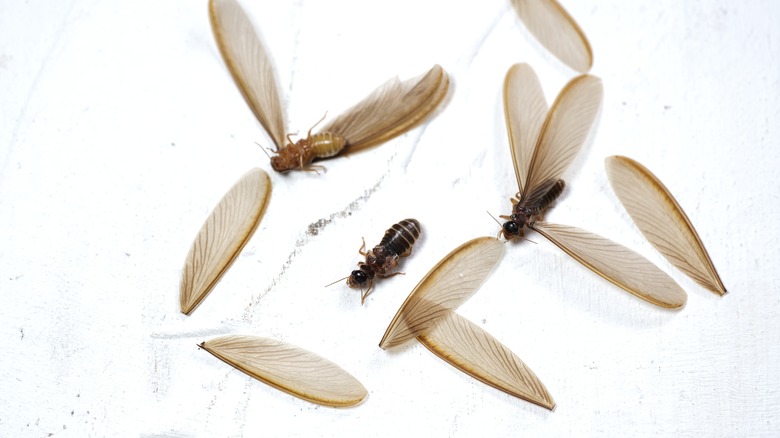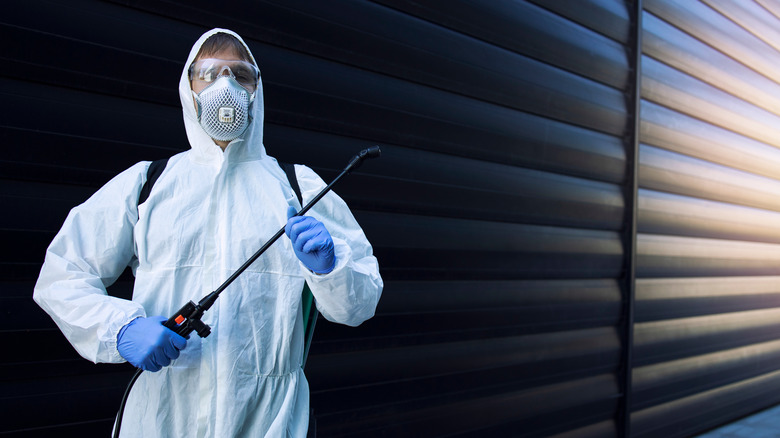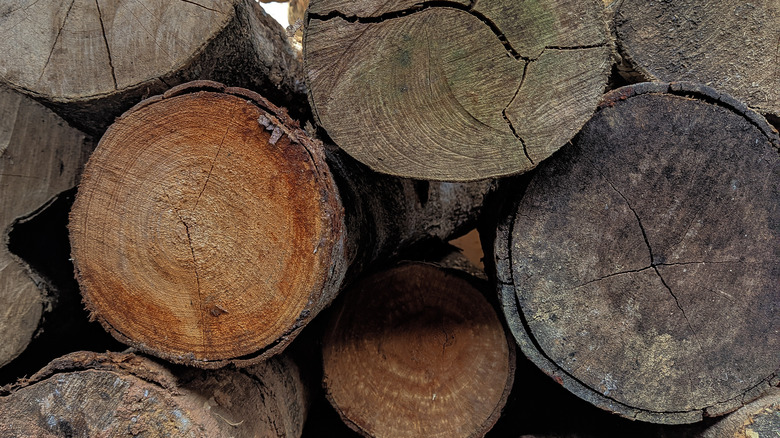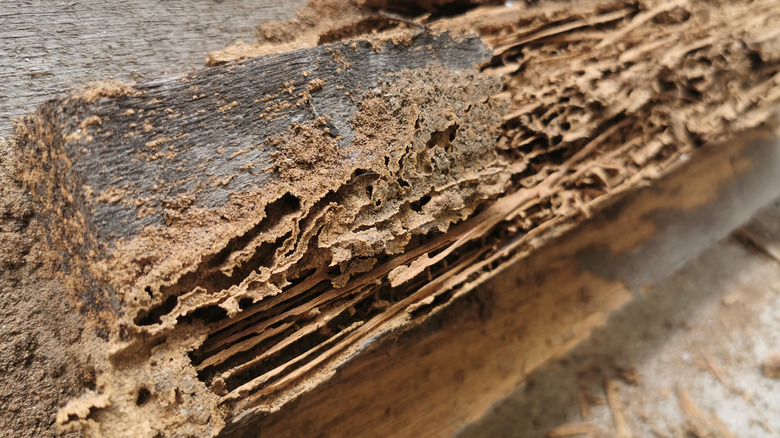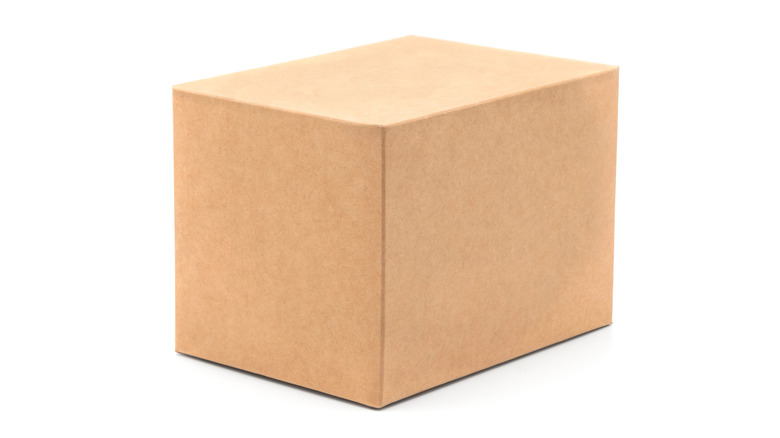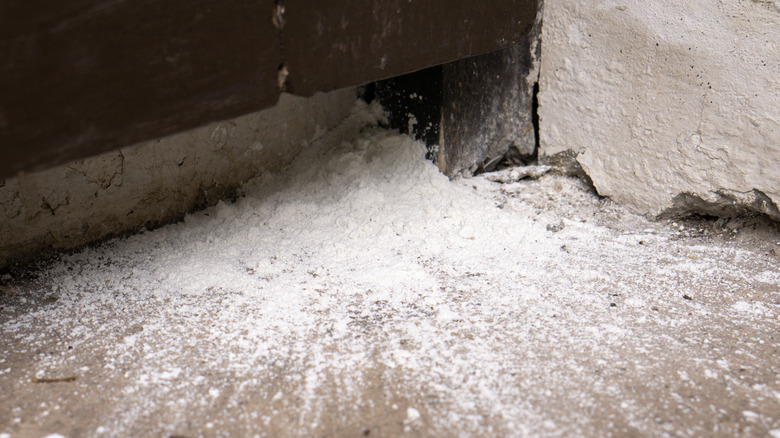Ways To Get Rid Of Termites
Having a termite infestation on your property can be a very stressful situation. Termites are small bugs that devour wood as their main food source, easily causing extensive damage inside and around a home. Fox Pest Control states that over 600,000 homes across the United States report termite infestations, causing homeowners to spend tons of money and time repairing the damage.
Getting rid of termites is not an easy task. They are very hard to detect because they thrive in darkness and never choose to expose themselves to light. This helps them remain undetected for years while internally destroying an extensive amount of your home. As they stay hidden for long periods, their colonies grow and create even more problems. It also doesn't help that termites reproduce quickly, adding thousands of new insects to the colony per day. Depending on the extent of the infestation, professional exterminators may need to be contacted, but there are several actions you can take before then to identify, prevent, and ward termites off your property. House Digest is here with the best actions to take regarding your journey to become a termite-free home.
1. Determining an infestation
Termites can be one of the hardest pests to identify within your home. But, despite the discomfort that this news may cause, there are ways to determine if your house is under attack by termites, allowing you to catch the infestation early before major damage is caused.
This Old House mentions that the first thing you can do to check for termites is to knock on your wood to check for damaged and hollow portions or test the wood with a screwdriver. Hearing clicking within your walls can also indicate a termite infestation; they make noise when they sense danger. Although a small insect may not seem to cause a lot of noise, thousands of them together can make an unusual yet recognizable sound. Tiny termite feces, which look like grainy little spheres, also tend to accumulate on outer wooded surfaces when these bugs are around. Keeping an eye out for these small issues can help you identify a termite infestation early and exterminate the colony before they cause extensive damage to your home.
2. Identifying termites
Due to their small size and similar body shape, termites are commonly mistaken for harmless ants. Unfortunately, this mistake can lead to improper extermination tactics and even cause more damage to your home. Copesan points out the differences to easily distinguish between the two insects.
As mentioned, both termites and ants are rather small; they are hard to see and examine thoroughly. But when taking a close look at each, you will notice they both have two sets of wings, three body segments, and antennas. Looking deeper, you can distinctly see that both sets of the termite's wings are the same size, while the ant's wings are different sizes. The ant's three body segments are also entirely different from the termite's segments. Finally, the ant's antennas are bent while the termites' remain straight. If you are still having trouble distinguishing the insect, see if you can locate young termites, which are distinctly pale compared to both ants and adult termites.
3. Wearing proper protection
Termites are not like other common household pests. Mightymite states that these insects do not bite, sting, or directly harm humans, despite their quick and aggressive ability to destroy homes. However, the dusty substance they leave behind, considered their feces, can cause irritation similar to a slight allergic reaction. Therefore, while they cause little to no direct harm to humans, they should still be handled with ample protection during the extermination process, especially if chemicals are involved.
Solutions Pests & Lawns states that pesticides and insecticides usually include precautions that are imperative to follow throughout the use of the product. These precautions typically suggest wearing personal protective equipment (PPE) that includes a respiratory face shield, gloves, safety goggles, and long-sleeve clothing items. Particularly important, respiratory masks can prevent chemicals from harming your lungs when you exterminate, and protective clothing can prevent feces or damaged wood from irritating handlers.
4. What attracts termites to your home?
Before taking action to free your home from destructive termites, it's important to examine how the termites got there in the first place. These bugs are attracted to many different things, one of which is wood — their main food source — which is predominantly found in most homes' structures. Fortunately, there are different structures, conditions, and types of wood that termites find more attractive than others. Knowing these elements can help you make easy adjustments within your home to prevent termites from infesting or continuing to infest your home.
According to Active Pest Control, termites prefer moisture, cellulose, and warmth. Drainage malfunctions and leaking pipes can lead to extra humidity building up within your home, attracting termites to the wood structures affected by this moisture. Improper airflow can also increase the attractiveness of these areas to termites. Rotting wood in either the foundation of your home or stationed around the property can also create nice living spaces for termites, even more so if that wood is directly touching the soil. Moist landscaping materials, like mulch, near the base of your house, can also be a haven for these insects.
5. Exposing the nest
If you think your house has become home to a termite colony, your first step should be to expose their nest. There are various termite types, each with its own preferred nesting conditions. For example, subterranean termites prefer a very moist environment, which makes them nest closer to the ground, usually within the soil. Some other common species — which are actually the most prominent — include the drywood and dampwood termites which, as their name implies, prefer to live in either dry or damp wood (per Orkin). Knowing the different species will help you determine them and locate their nest.
Once you find their nest, the next step is to expose it to sunlight. Because termites only function in dark environments, as mentioned, natural light exposure will kill them. Therefore, opening up the nest to sunlight can naturally exterminate a good portion of the infesting termites' colony, simplifying your efforts to remove them from your residence.
6. Trapping termites with wet cardboard
Suppose you suspect a termite infestation inside or around your home. In that case, a termite trap may allow you to further determine if the infestation is really being caused by termites, allowing you to adjust and take the necessary steps toward resolving the problem. Bug Commander Pest Control notes that a wet cardboard trap is a great solution for luring termites from wooden furniture.
This trap can be easily made by using three pieces of cardboard from an old box or carton. First, tie the cardboard pieces together and spray thoroughly with water. Once the cardboard is damp, leave it near the area where you suspect the termites live. The bugs will then be attracted to the damp cardboard and attempt to devour it, making their new home there. As they do so, they will be trapped within the cardboard, which you can then burn to destroy the insects.
7. Using boric acid
One proven effective way of getting rid of termites without the help of an exterminator is by using boric acid. In fact, most insecticides that are specifically used for termites include boric acid as their main ingredient. Cuteness states that boric acid is considered safer than other chemical insecticides but should still be used with caution. Inhaling large amounts of this chemical can lead to serious health issues for you and your pet, with some issues pets can suffer from including cardiovascular, respiratory, and renal distress.
This Old House also mentions that boric acid is one of the most common and effective ways to get rid of termites for good. This chemical usually comes in a powder form, which can easily be sprinkled over the termite-infested areas within and outside your home, and it works by dehydrating the insects and their surroundings. Basically, the substance messes with the termites' nervous system until it completely shuts down and they die.
8. Calling an exterminator
If you are unsure or are having continuous problems with termites inside and around your home, don't hesitate to call a local exterminator to assist you. Family Handyman recommends contacting a professional as soon as your termite issues continue beyond your actions. As mentioned before, these insects are fast reproducers, which can lead to your termite issue becoming quickly out of hand. However, exterminators have the knowledge and experience to help you get rid of and protect your home from these bugs, regardless of the size and severity.
When an exterminator first comes to your home, they will first examine the problem and develop a plan of action from there. Usually, exterminators start by sealing the barriers of your home to prevent more and future termites from entering your home. Then, depending on your personal wishes and the severity of the infestation, the professional will take action with fumigation, chemical methods, or even chemical-free heat treatments to get rid of the pests for good.
